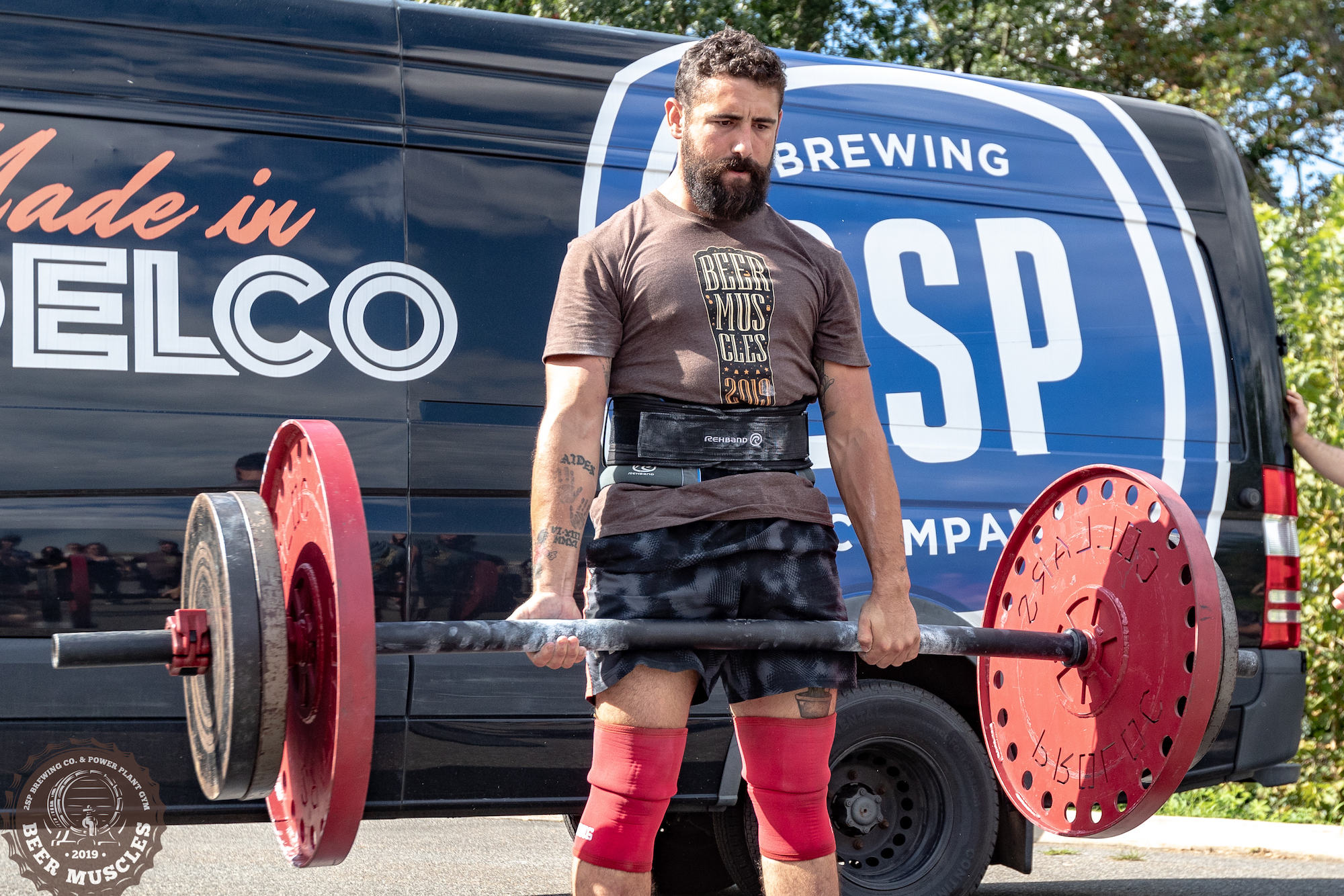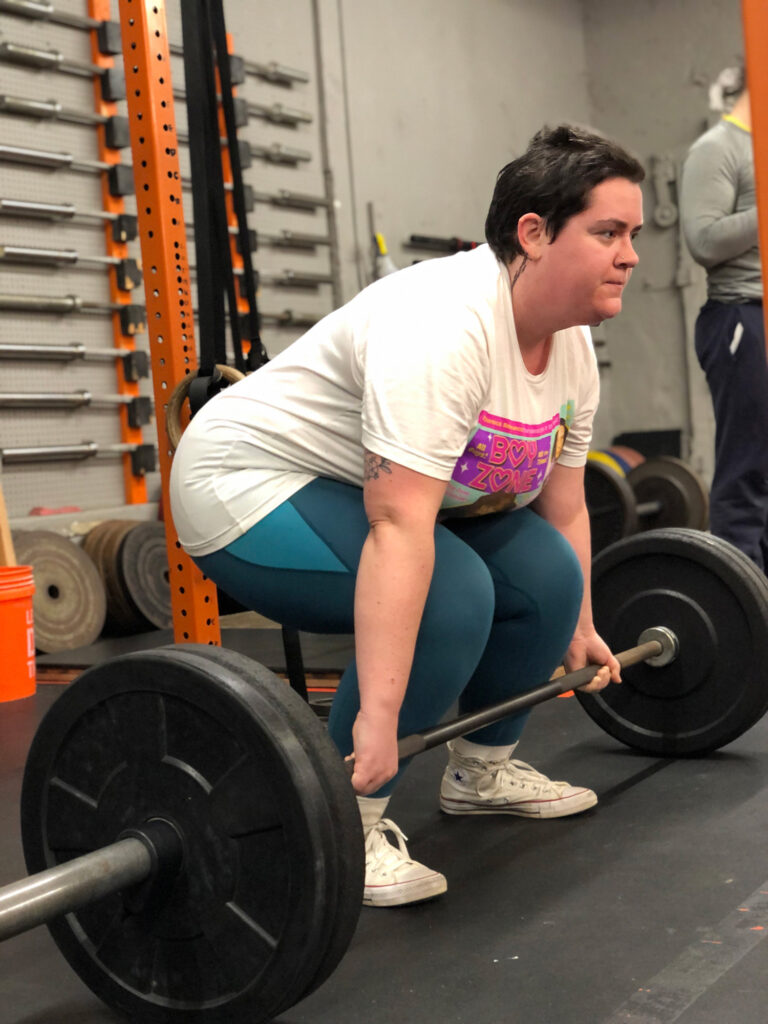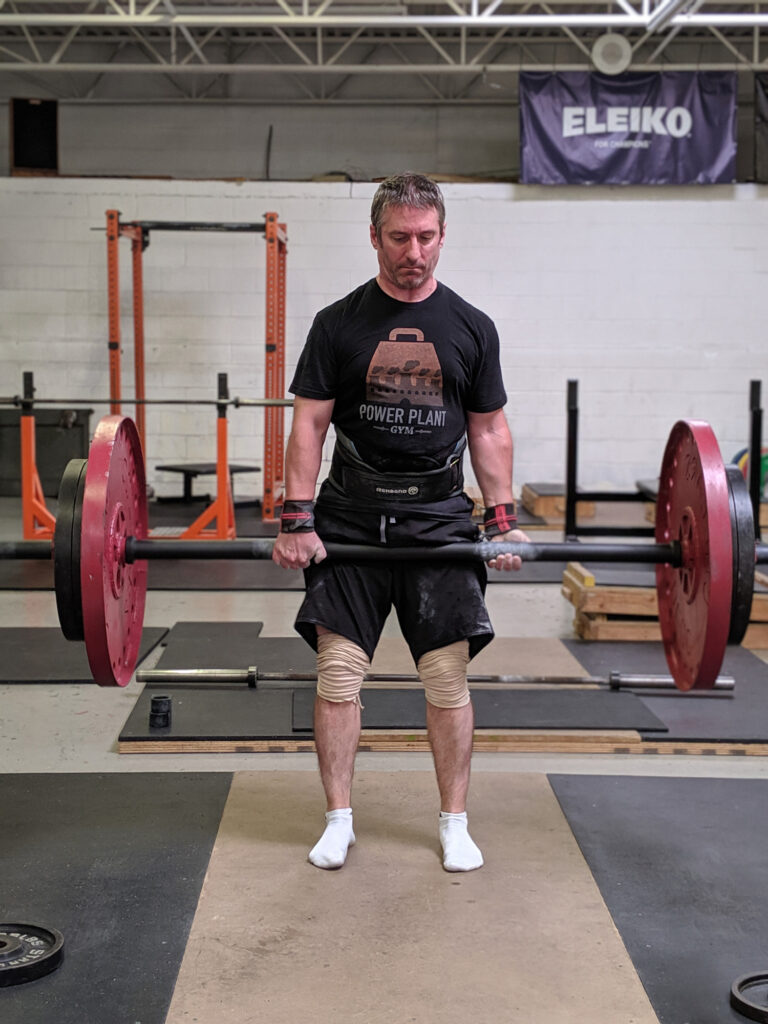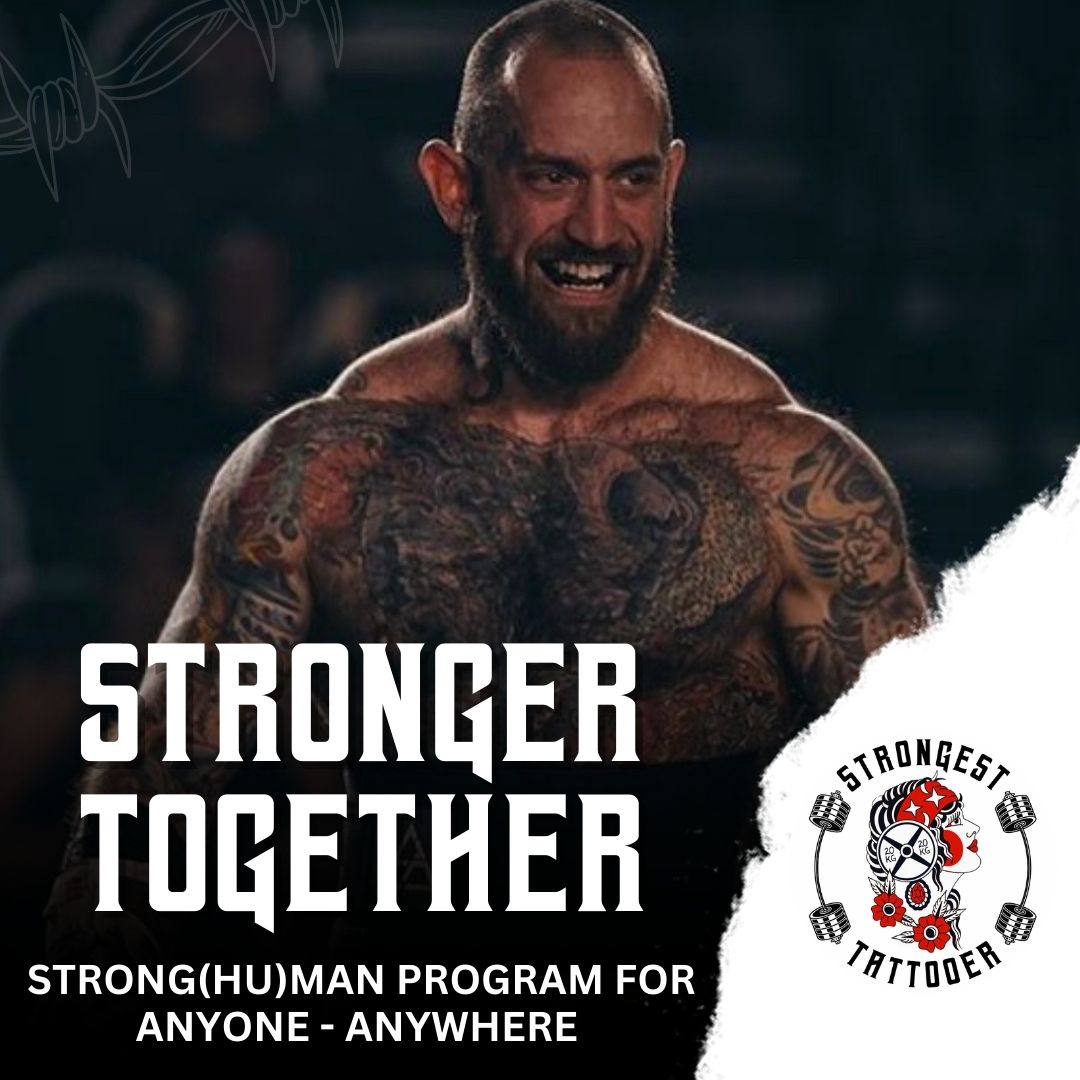
Strongman athletes come in a very wide variety of shapes and sizes. But all those shapes and sizes have one thing in common: they’re gonna need a strong deadlift.
While there are some cues and positions common to (almost) all lifters, there is no “one size fits all” when it comes to coaching deadlift technique. So how do you know what’s best for each athlete? No matter what you do, it’s a lot of trial and error.
We’re here to help you make that trial and error period shorter with deadlift cues and techniques for different body types.
For strongman purposes, we’re almost exclusively talking about conventional deadlifts (hands outside knees). Notable exceptions would be frame deadlifts, Ukrainian deadlift, and Dinnie lifts. Frames are a discussion for a different day (and are actually favorable to most body types below), and Ukrainian and Dinnie lifts aren’t too common (yet). So we’ll focus our energy here on conventional stance and pulls.
Deadlift Notes for Everyone
Deadlift stance and starting position have lots of (totally acceptable and normal!) variability from person to person. That said, a few things should remain the same for nearly every lifter regardless of body type or individual preferences:
- Bar/Implement stays as close to the body as possible, ideally staying in contact with legs for the whole lift
- Arms long from start to finish
- Back stays in consistent position throughout the lift
- Lots of leg drive to start the lift and lots of glutes to finish it
- Lats, back, and core totally engaged through the lift

And that’s about it. The exact positions and how we get into them can be very different. For example, shorter people can get hips closer to the bar. Taller people might need to turn toes or knees out to get in a good starting position. And some people will be much stronger with a rounder upper back.
Obviously we can’t go over recommended positions for every single body type, but here are some good places to start:
For Taller Lifters
The biggest issue for taller lifters with conventional height deadlifts is that it can be a lot of leg to fit into a small space. Going with a standard “toes forward, vertical shins” setup might be challenging or even impossible. That’s okay!
Try a slightly wider stance or turning toes and/or knees out to create more space. Don’t be afraid to have slightly angled shins – as long as the bar path is straight when viewed from the side and the bar is in contact with the body, you’re okay! Also, you can worry less about hip height and shoulder position. It’s very likely that shoulders may be farther in front of the bar or hips might be a little higher than is considered “ideal.”
For Heavier Lifers or Lifters with Wide Hips
Wide hips and/or large bellies require the lifter to create more space to reach a standard height bar. Experiment with wider foot placement, turning toes out, or driving knees out (kind of like a clean). Note that this also requires some extra upper back strength (because of the wider grip), so be sure to address that in assistance lifts.
The setup might also be different because it can be uncomfortable to stay down there for too long. If you’re using straps, try taking a knee to put the straps on instead of leaning over the whole time. This makes it easier to breathe and reduces tension on the hamstrings (so you can actually use them for lifting).
These lifters often feel more comfortable with elevated or side-handle deadlifts. So if you’re not training for a specific competition, those variations can be good to use in the off season or to build overall pulling strength from a more favorable position.
For Longer Torsos
My long-torso friends will almost always struggle to get shoulders directly above or behind the bar as the textbooks dictate. No worries!

The key here is to keep weight back in the midfoot to heel and think about pulling back on the bar. Your leverages might not be ideal to start, but if your long torso comes with long arms, you’ll be in great shape for the lockout.
A rounded back can also be helpful for longer torsos. I know, I know. Don’t freak out. I’m not talking about horror movie arching, and I’m definitely not talking about abruptly firing your back from a flat start to a Halloween cat pull. But there is nothing wrong with setting up with some slight rounding – especially in the upper back.
Rounding allows you to get hips closer to the bar and shoulders more stacked over the bar. The important thing here is to keep the same back position throughout the lift. If you can lock in a tight position to start and then keep it, you’ll be fine. You’ll also lose a little power potential in the lockout, so be sure to train lots of glutes to help drive the hips through and finish the lift.
If You’re a Visual Learner…
Check out this live learning recording Zach Stoughton (a SHW man) and I (a 135-lbs woman) did at Power Plant Gym. We demonstrate different deadlift options for different body types, review some deadlift variations, and answer some really great questions about coaching deadlifts for a diverse client base. You can get the full recording from Body Positive Fitness Alliance at this link: Seminar Recording – Coaching Deadlifts for All Body Types
The Ideal Deadlift Setup
Remember that the “ideal” deadlift setup is the one that allows the lifter to safely, efficiently, and effectively move the most weight. As long as you’re hitting the key points of performance above, you should be in pretty good shape.
Questions? Hit us up! You can shoot an email to katiefeeleystrength@gmail.com and I’m happy to help! It can be as simple as an email question or setting up a full 1:1 coaching call. I love this stuff, and I’m here to help.



